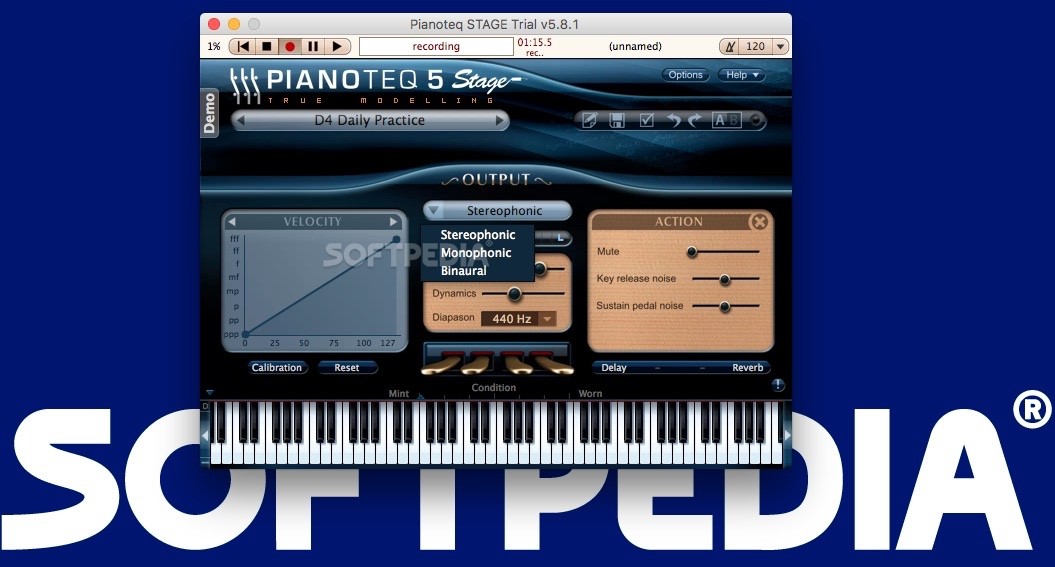
The survivors of the USS Indianapolis are rescued after four days in the water.

The cablegram reads, “As of 1000 hours Eastern War Time, the atomic bomb was ready to drop over Japan.”įat Man bomb cases F-31 and F-32 arrive on Tinian, carried by 509th B-29's Luke the Spook and Laggin' Dragon. headquarters, General Groves receives a cablegram from General Thomas Farrell. The remaining two B-29’s will accompany the atomic bomb carrier as observation aircraft.Īfternoon: At his Washington D.C. This information would then be relayed back to the atomic bomb carrier. Three aircraft would fly ahead of the plane carrying the atomic bomb to assess the weather of the three target cities. One would be located at Iwo Jima to serve as a stand-by aircraft. Tibbets then selected which of his crews would fly with him on the mission. A total of seven B-29’s would be used in the mission. The order was sealed and sent by special courier to General Curtis LeMay’s headquarters in Guam. It only took him a few minutes to write it. Several days are required for weather to clear.Įarly morning: Colonel Paul Tibbets drafts the top secret order for the first atomic bombing attack in history. It is ready for use the next day.Ī typhoon approaching Japan prevents launching an attack with Little Boy. The USS Indianapolis is attacked by a Japanese submarine and sinks. The nuclear components (target, projectile, and 4 initiators) are inserted into bomb unit number L11. All components for Little Boy are now on site, but no Fat Man bomb assemblies have yet arrived.

The five C-54 transports arrive at Tinian. The Japanese government rejects the Potsdam surrender demand. USS Indianapolis delivers Little Boy bomb units and the U-235 projectile to Tinian Island.įive C-54 transport planes leave Kirtland Air Force Base, Albuquerque with: the Little Boy U-235 target (its final component), the Fat Man plutonium core, and its initiator. President Truman issues the Potsdam Declaration, which warns Japan of "prompt and utter destruction" and requires unconditional surrender of the Japanese armed forces. Peer de Silva, the official courier for the Fat Man core, signs for 6.1 kg of plutonium at Los Alamos, NM. The U-235 target for Little Boy is cast at Los Alamos. This directive constitutes final authorization for atomic attack no further orders are issued. It lists the following targets in order of priority: Hiroshima, Kokura, Niigata, and Nagasaki. General Leslie Groves drafts the directive authorizing the use of the atomic bombs as soon as bomb availability and weather permit. 24, 3 should be available in September, and more each month - reaching 7 or more in December.Ĭombat hemispheres for Fat Man are fabricated at Los Alamos.

He also receives an estimate of atomic bomb availability: Little Boy should be ready for use on Aug.

In order of choice it is: Hiroshima, Kokura, and Niigata. Secretary of War Henry Stimson, in Potsdam for meeting between President Truman and Soviet Premier Stalin, receives current target list. President Harry Truman receives report on the successful Trinity test. The 509th Composite Group begins flying practice missions over Japan. Little Boy bomb units, accompanied by the U-235 projectile, are shipped out of San Francisco on the USS Indianapolis for Tinian Island. The "Gadget," an plutonium implosion device, detonates successfully in the Trinity test at Alamogordo, NM, demonstrating that the Fat Man atomic bomb design will work. Thanks to Clay Perkins and David Wargowski for their contributions to this timeline.


 0 kommentar(er)
0 kommentar(er)
